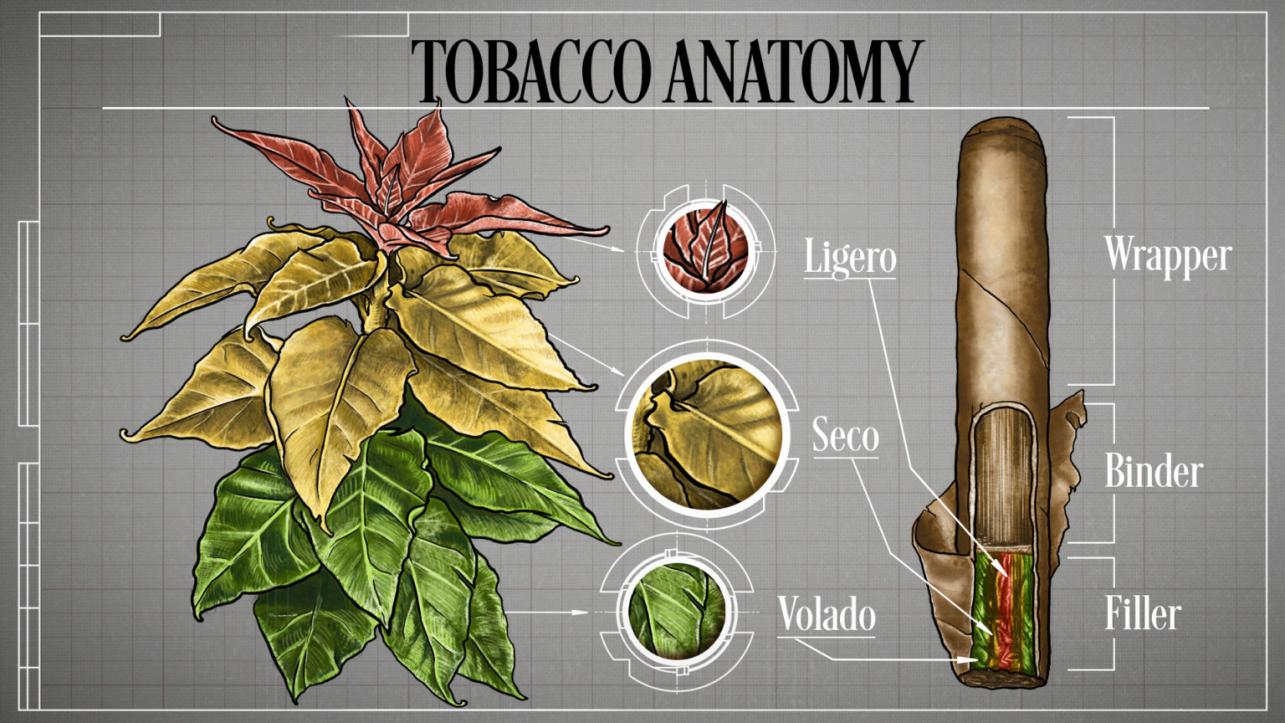Unraveling the Timeline: How Long Will It Take to Resolve a Class Action Lawsuit Against Tobacco Companies?
Introduction

Class action lawsuits have become a powerful tool in holding tobacco companies accountable for their actions and the resulting public health consequences. These lawsuits, filed on behalf of a large group of individuals who have suffered similar injuries or damages, have significantly impacted the tobacco industry and public health. This article aims to provide an overview of the timeline and factors influencing the resolution of class action lawsuits against tobacco companies.
Historical Context
Notable class action lawsuits against tobacco companies have left an indelible mark on the industry and public health. Cases like Engle v. Liggett Group Inc. and Castano v. American Tobacco Co. have garnered significant attention and paved the way for further legal action. These lawsuits have highlighted the harmful effects of tobacco products, leading to substantial settlements and changes in industry practices.
Factors Affecting the Duration of Class Action Lawsuits
The duration of class action lawsuits against tobacco companies is influenced by various factors that can prolong or expedite the resolution process. These factors include:
- Complexity of the Case: The number of plaintiffs and defendants involved, the legal issues and scientific evidence to be considered, and the potential for expert testimony can all contribute to the complexity of the case and impact its duration.
- Discovery and Pretrial Proceedings: The time required for document production, depositions, and expert testimony, as well as motions and hearings to resolve legal issues, can significantly delay the trial.
- Trial and Post-Trial Proceedings: The length of the trial, including jury selection and witness testimony, can vary depending on the complexity of the case. Additionally, the potential for appeals and retrials can further extend the duration of the lawsuit.
Timeline of a Typical Class Action Lawsuit Against Tobacco Companies

The resolution of a class action lawsuit against tobacco companies typically follows a specific timeline, although variations may occur:
- Pre-Filing Stage: This stage involves the investigation and preparation of the case, including gathering evidence and filing the complaint and class certification.
- Discovery and Pretrial Stage: During this stage, parties exchange documents and information, conduct depositions of witnesses and experts, and file motions and hearings to resolve legal issues.
- Trial and Post-Trial Stage: The trial involves jury selection, presentation of evidence, jury deliberations, and a verdict. Potential appeals and retrials may follow the initial trial.
- Settlement and Resolution: Parties may engage in negotiations to reach a settlement, which requires court approval and distribution of funds to class members.
Recent Trends and Developments
The legal landscape surrounding tobacco litigation has undergone significant changes in recent years. Developments such as the Master Settlement Agreement and the Tobacco Control Act have impacted the duration and outcomes of class action lawsuits against tobacco companies. These changes have influenced the strategies employed by both plaintiffs and defendants and have shaped the overall landscape of tobacco litigation.
The duration of class action lawsuits against tobacco companies is influenced by a multitude of factors, including the complexity of the case, discovery and pretrial proceedings, trial and post-trial proceedings, and recent legal developments. While the timeline can vary, these lawsuits often span several years, requiring substantial resources and effort from all parties involved. As the tobacco industry continues to face legal challenges, the future of class action lawsuits and their impact on public health remain uncertain, highlighting the need for ongoing monitoring and evaluation.
YesNo

Leave a Reply